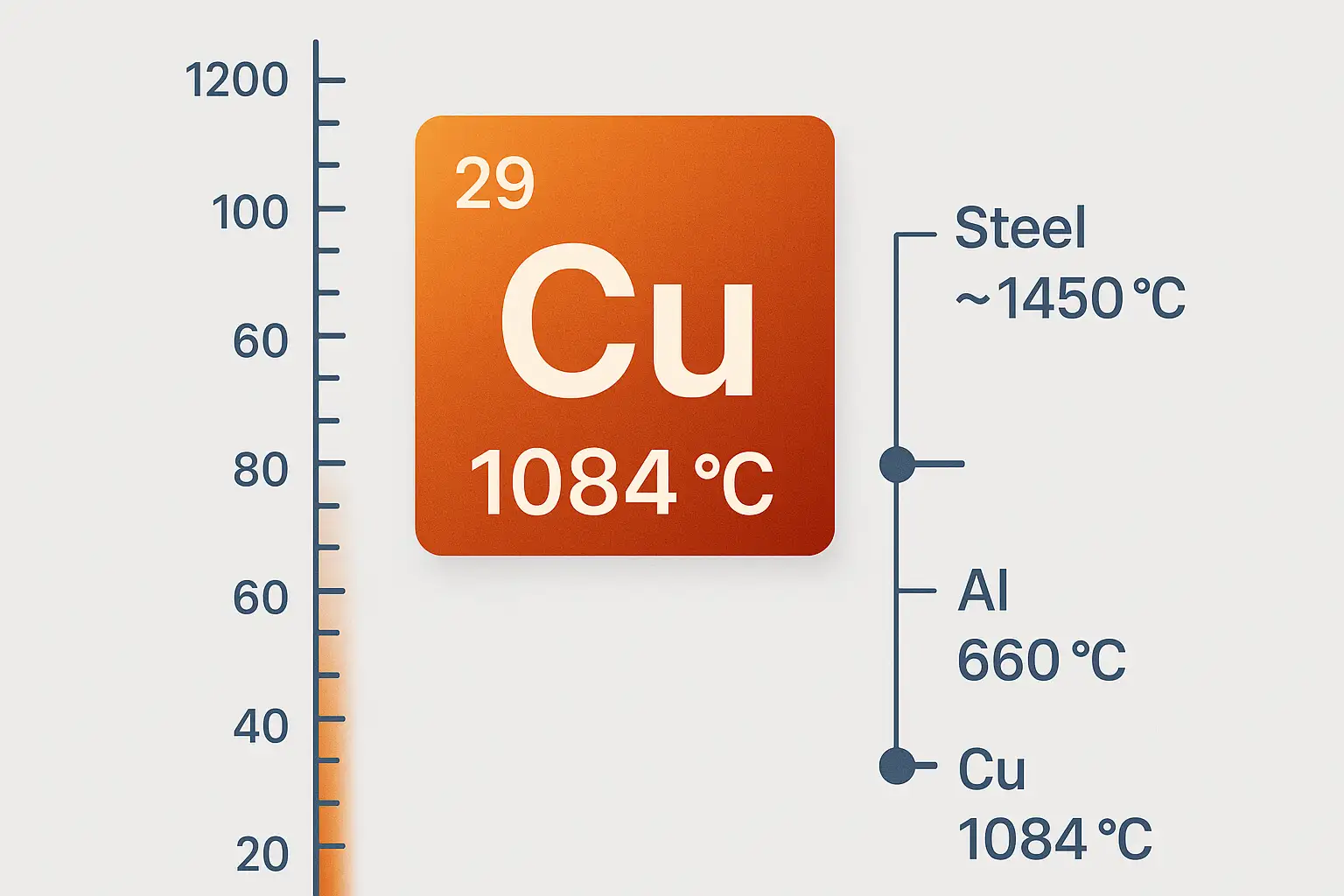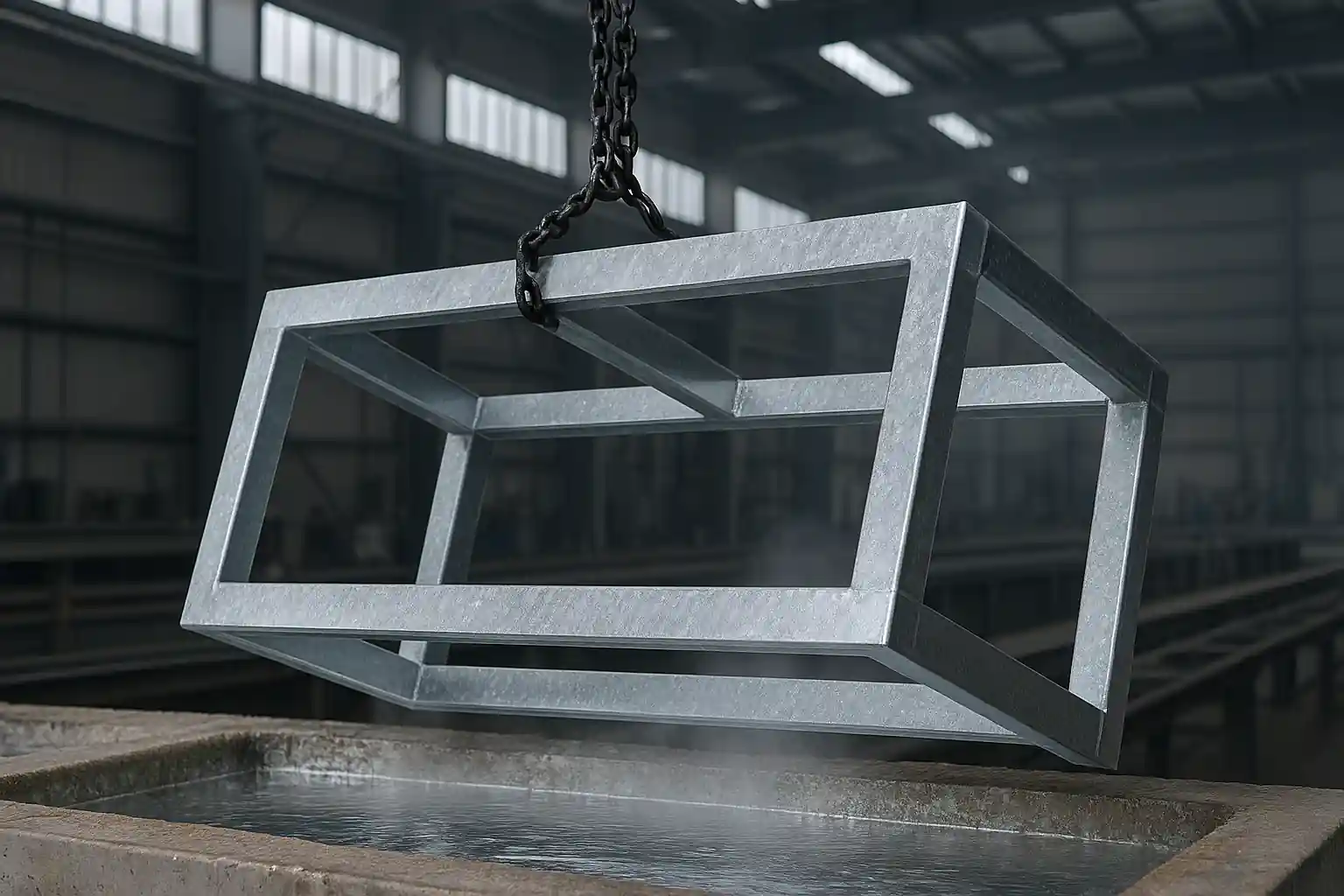In the world of CNC machining, slotting is a fundamental yet crucial process. It involves using a milling cutter to machine grooves or slots of various shapes into a workpiece. From keyways for connections to T-slots on machine tables, slotting is ubiquitous in mechanical manufacturing, ensuring the functionality and assembly of parts. This article will delve into the definition of CNC slotting, its main types, the tools required, and the best practices for ensuring a high-quality outcome.
What is Slotting
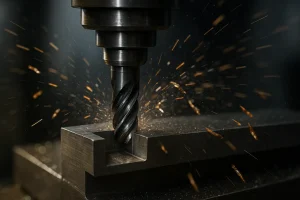
Slotting is a machining process that uses a milling tool to cut elongated grooves or slots into a workpiece. This process differs from general face milling, as it focuses on cutting a specific depth and width, rather than removing material from an entire surface. Slotting can be applied to a wide range of materials and is a key step in manufacturing many functional components.
Types and Methods of Slotting
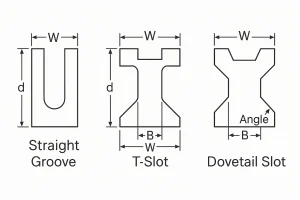
Slotting can be categorized into several types based on the shape and purpose of the groove:
Straight Slotting
This is the most common type, where the cutter follows a linear path to create a slot. It is primarily used for machining straight grooves like keyways, sliding ways, or sealing grooves, which are essential for connecting and moving parts.
Circular Slotting
Circular slotting is used when a ring or arc-shaped groove is required on a circular part. This method is often employed for machining annular grooves on discs or flanges.
T-Slotting
T-slotting is a special type of slotting where the groove has a “T” shaped cross-section. Its most typical application is on machine tables and fixtures for clamping workpieces. T-slots are machined in two steps: first, a narrow top slot is cut with an end mill, and then a dedicated T-slot cutter machines the wider bottom section.
Other Special Types
In addition to these common types, slotting also includes dovetail slotting, each with its unique geometry and applications.
Essential Tools for Slotting
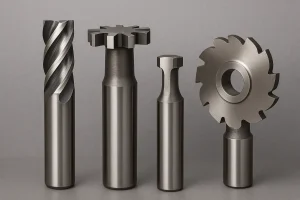
Selecting the right tool is crucial for ensuring the quality and efficiency of the slotting process.
End Mills
End mills are the most commonly used tools for straight slotting. When selecting, it is important to ensure that the cutter’s diameter matches the slot’s width. Both two-flute and multi-flute end mills can be used for roughing and finishing.
T-Slot Cutter
This tool is specifically designed for machining the wider bottom section of a T-slot. It features a long, slender shank and a wider cutting edge at the bottom, allowing it to cut horizontally within the previously machined narrow slot.
Keyseat Cutter
A keyseat cutter is a specialized tool for machining keyways. Its characteristic is that the cutting edges are on its sides, allowing it to precisely machine the keyway in a single pass.
Best Practices for Slotting
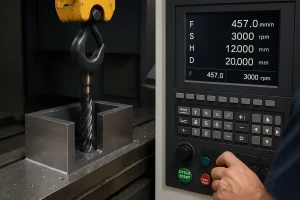
To achieve high-quality results and prolong tool life, follow these important best practices:
Feed Rate and Speed Control
Cutting speed and feed rate must be precisely chosen based on the workpiece material’s hardness and the tool type. For harder materials, lower cutting speeds and feed rates should be used to prevent tool overheating and wear.
Coolant Application
Using coolant is vital during slotting. Coolant effectively dissipates heat, lubricates the tool, and helps flush chips out of the narrow slot, preventing tool jamming.
Chip Evacuation
Due to the confined space, chips can easily accumulate in the slot, leading to tool clogging or breakage. For deep slots, it is recommended to use “peck feeding” or multiple shallow cuts in combination with high-pressure air and coolant to ensure proper chip evacuation.
Multiple Passes
For deeper slots, avoid attempting to cut to the final depth in a single pass. Taking multiple, shallow passes can significantly reduce the load on the tool and improve machining accuracy and surface finish.
Frequently Asked Questions (FAQ)
- Why does the tool break during slotting?Tool breakage is often caused by an overly fast feed rate, excessive cutting depth, poor chip evacuation, or severe tool wear.
- How can I achieve a smooth slot wall?Ensure a sharp tool, apply appropriate cutting parameters (speed and feed), and use a small feed rate for the final finishing pass.
- How should I choose the right tool for slotting?Consider the slot’s width, depth, and shape. The cutter’s diameter should be slightly less than or equal to the slot’s width.
- Is slotting applicable to all materials?Yes, slotting is a versatile technique applicable to most metals, including steel, aluminum, stainless steel, copper, and also to plastics and composite materials.
Conclusion
CNC slotting is a fundamental and critical technology in machining, playing a vital role in creating functional components like keyways and T-slots. By correctly selecting tools, optimizing cutting parameters, and following best practices, you can achieve efficient and high-precision results.
If you have any slotting needs, feel free to contact our experts, and we will provide you with a professional solution.


